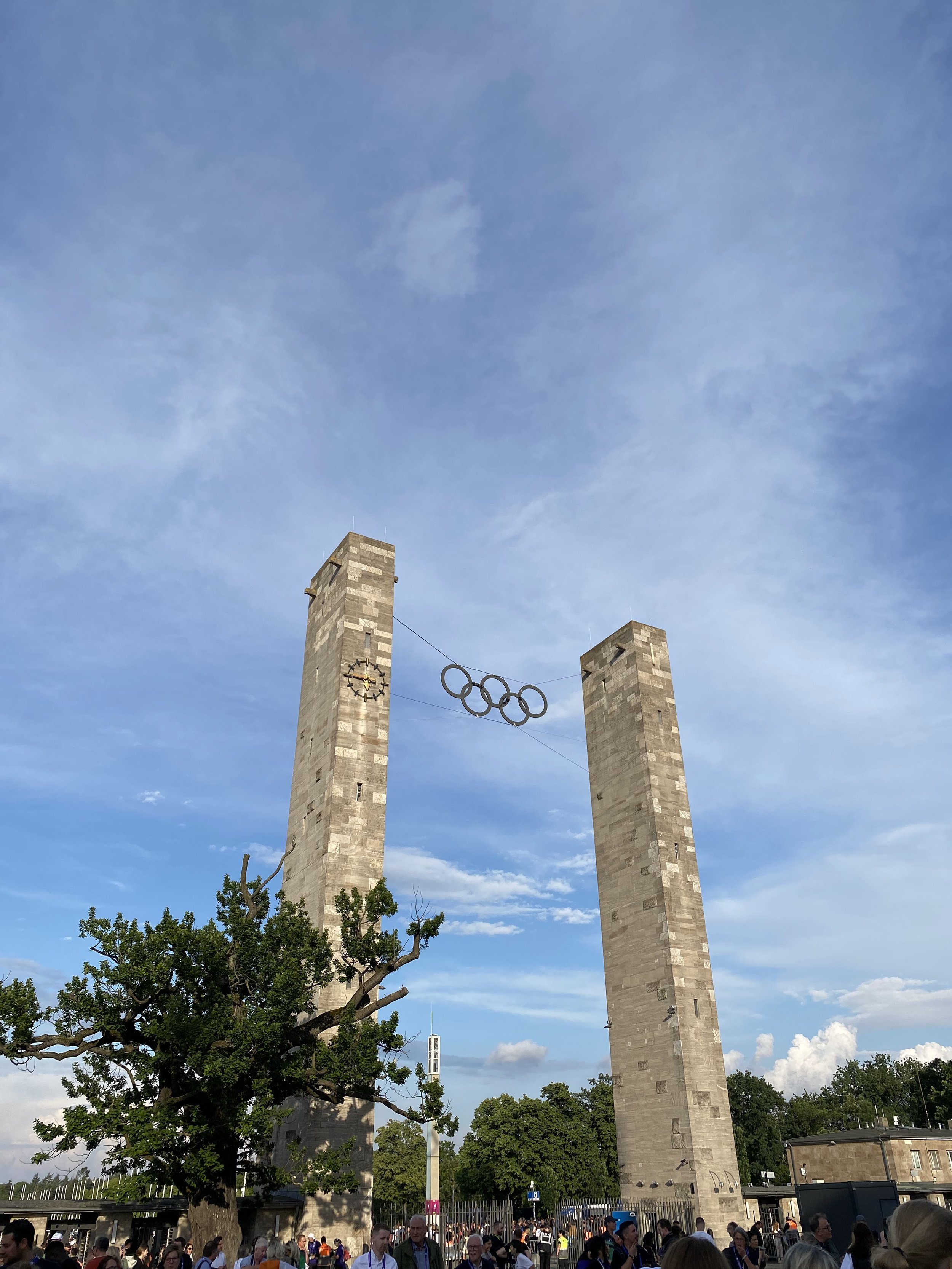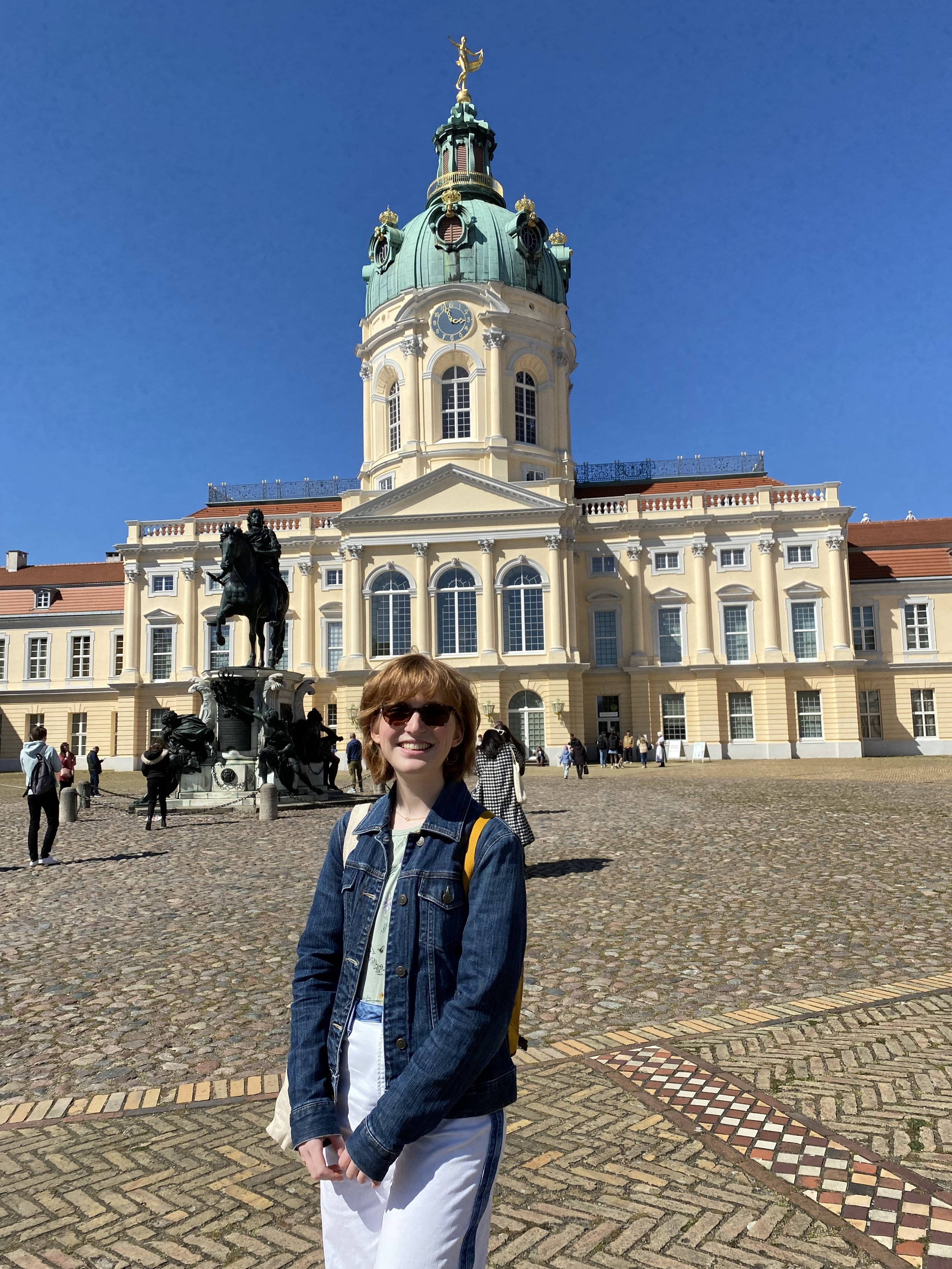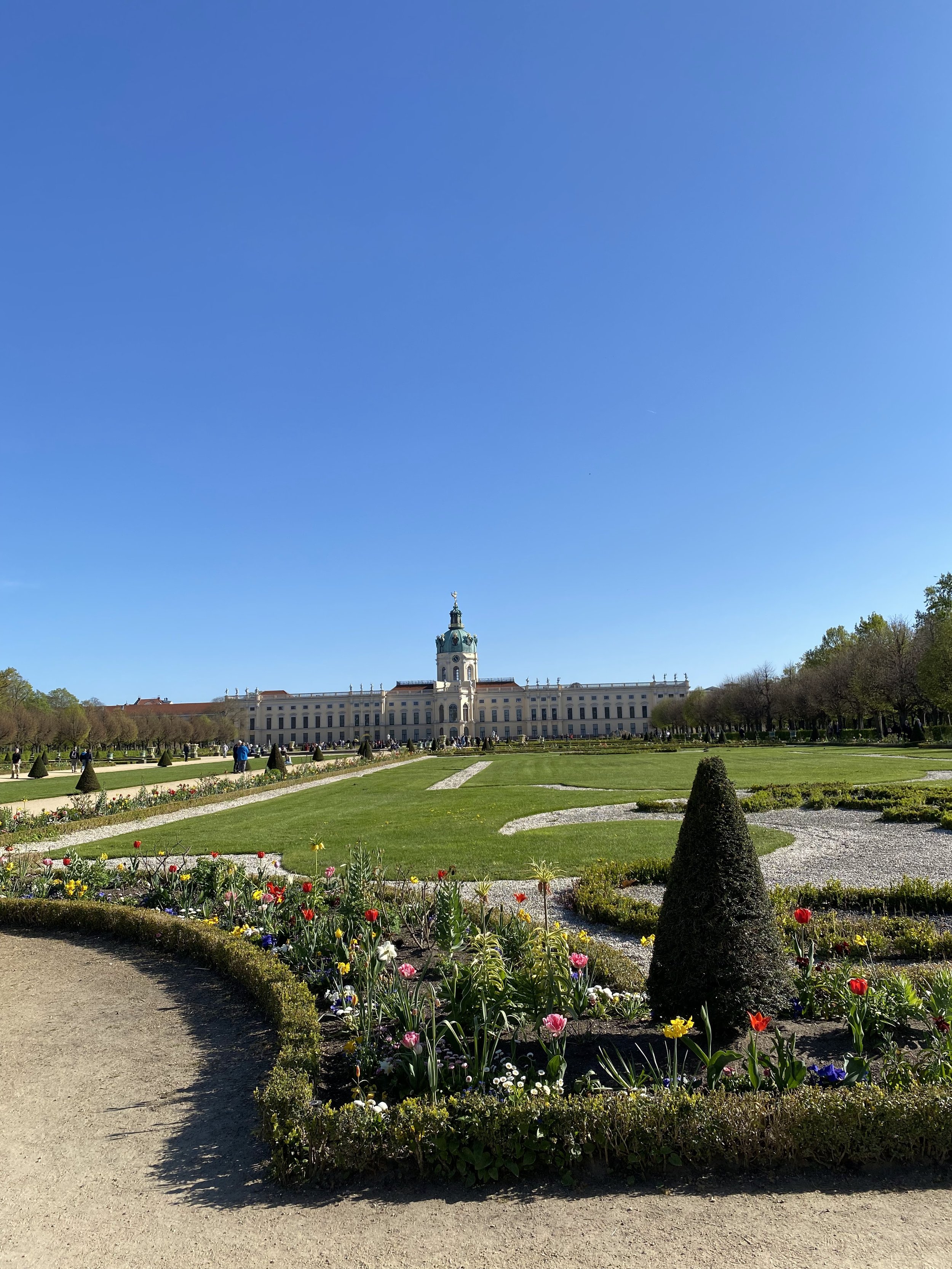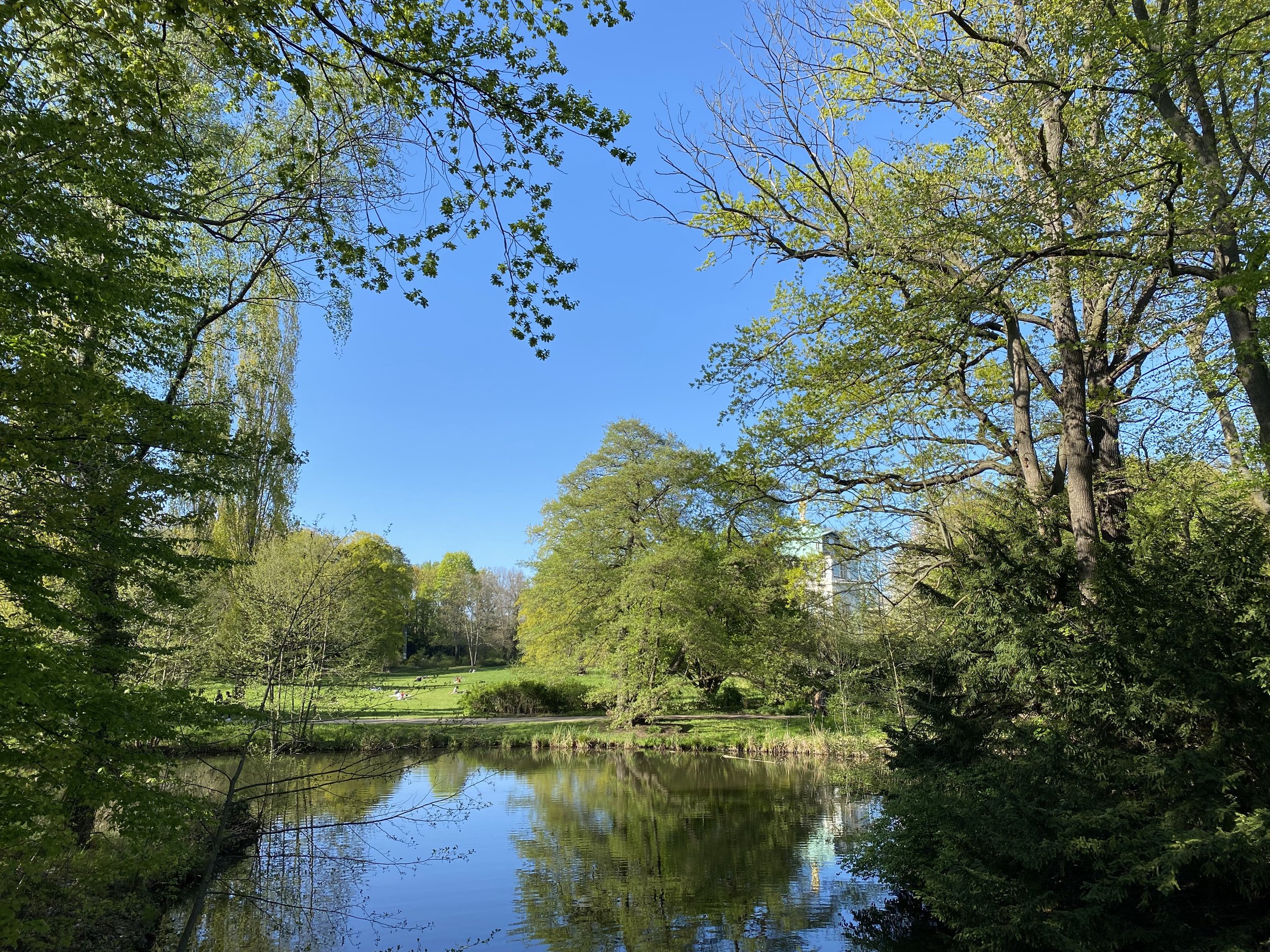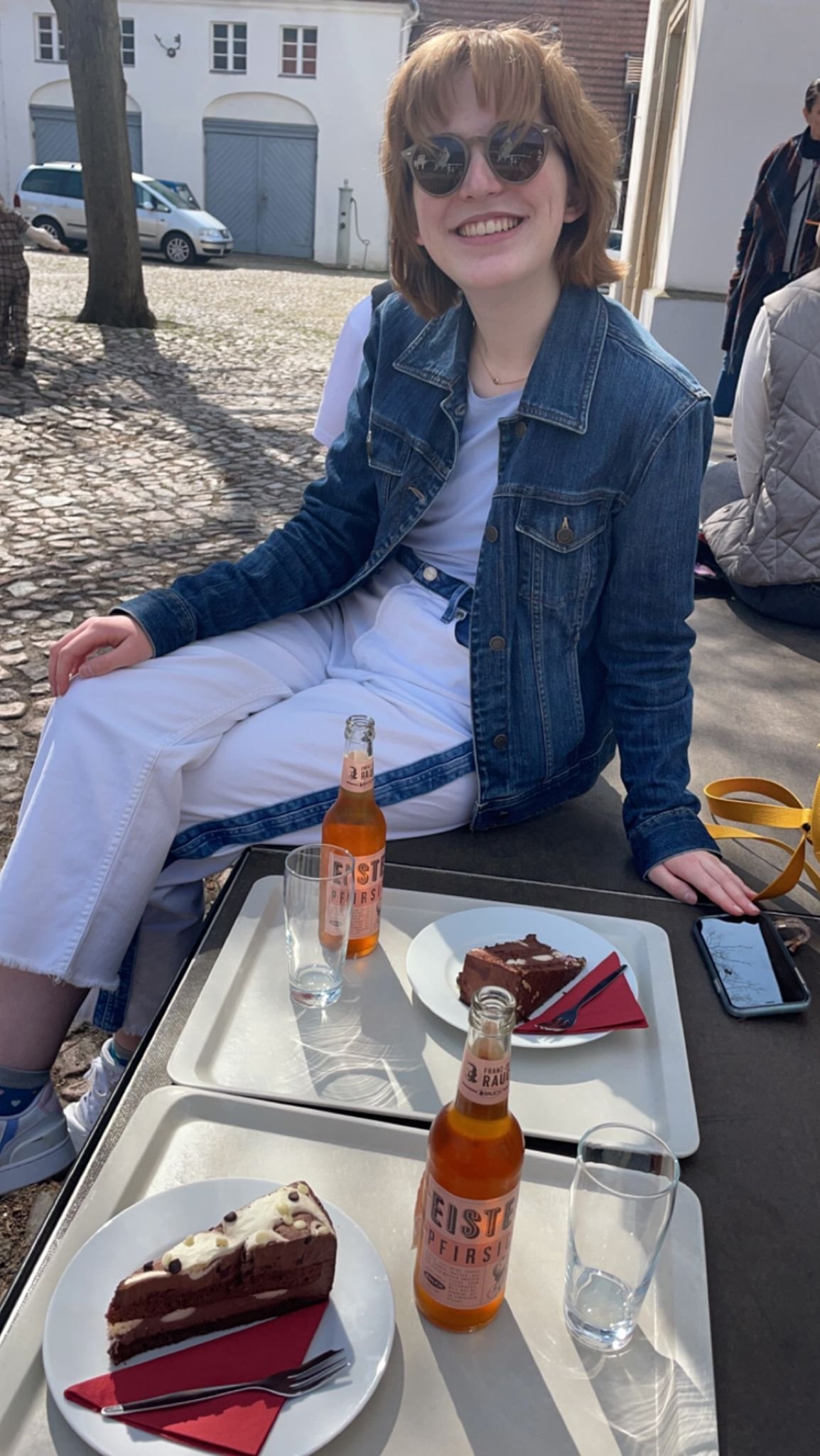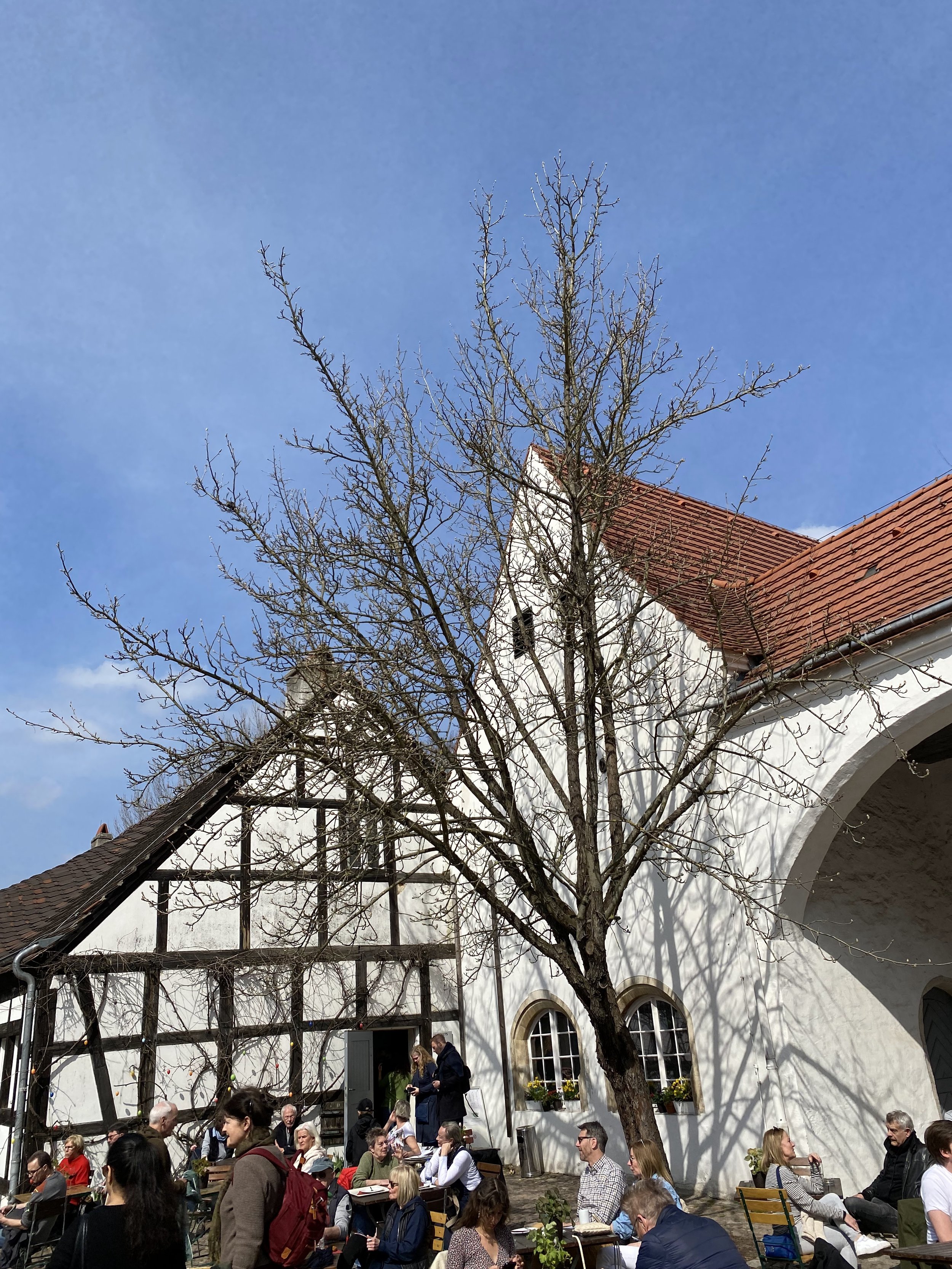The Berlin Bulletin 2: Going “Bezirk”
Charlottenburg-Wilmersdorf. All Images belong to author.
From the Brandenburg Gate, Checkpoint Charlie or the TV Tower, to techno, döners and the Ampelmann… Everyone has their own associations with Berlin. Although these are all well-known for good reason, CLC columnist Sophie Clare wants to take you away from tourism and explore some out-of-the-ordinary Berlin experiences. Starting with attending a Formula E race weekend in Berlin’s historic Tempelhof Airport, the Berlin Bulletin will also see Sophie exploring her relationship with Berlin’s different neighbourhoods and considering the culinary diversity of the city with a guide to some of Berlin’s food markets, restaurants and street food.
Continuing my pursuit of lesser-known activities in Berlin – whether you’re visiting as a tourist or perhaps moving to the city – I decided to turn my attention to Charlottenburg-Wilmersdorf. This is one of Berlin’s 12 neighbourhoods or Stadtbezirke, the Berliner counterpart of the London Boroughs or the arrondissements of Paris. In the same way that Camden or Westminster, Montmartre or the Latin Quarter, have their unique attractions and highlights, each neighbourhood in Berlin has its own unique characteristics and curiosities waiting to be explored.
I would need much more than one column to even scratch the surface of each Bezirk’s historical, cultural or culinary highlights. I thought I would explore some of the hidden gems which have helped me enjoy my time living in Charlottenburg-Wilmersdorf. Admittedly, it is not one of the prominent neighbourhoods where students or young people might choose to live. It may well be the case that you rarely find it recommended over the cooler, more up-and-coming neighbourhoods… especially due to its demographic substantially composed of businesspeople, well-to-do families and pensioners. It is only thanks to my internship here that I could live in the area, in accommodation they provide not far from our office and the Kurfurstendamm. But beyond the high-end shops of Ku’Damm and the famous Kaiser Wilhelm Memorial Church, I did not know what to expect from this Kiez. When I visited Berlin on holiday with family in 2019, we didn’t venture much further west than the Ku’Damm and focussed most of our energies on Mitte’s museums and other attractions in the east of the city. Despite all this, I have been pleasantly surprised by my time in City West and have enjoyed discovering what it has to offer.
The two administrative districts of Charlottenburg and Wilmersdorf were merged into one neighbourhood in 2001. Their roots trace all the way back to the 13th century and the village of Lietzow, which gained significance thanks to the construction of Lietzenburg Palace from 1695 onwards. Elector Friedrich III, the later Prussian King Friedrich I, gifted the municipality of Lietzow to his wife Sophie Charlotte, where she could build a summer residence. After the Queen’s premature death, the palace and the settlement were renamed as Charlottenburg in 1705. In more modern history, the area has seen its fair share of ups and downs, much like the rest of the city. Rapid expansion at the end of the 19th century saw the extension of the Kurfürstendamm, which became a metropolitan boulevard to rival the traditional city centre of Unter den Linden and Friedrichstraße. The Theater des Westens was built in 1896, the Schiller Theater in 1907 and the Kaufhaus des Westens (aka. KaDeWe, a luxury department store) in 1912. I can only recommend KaDeWe’s food court for a taste of luxury – they have a branch of the beloved vegan doughnut chain Brammibals, and unlike most others here, their public toilets are free!
In 1920 Greater Berlin was formed, leading to Charlottenburg and Wilmersdorf becoming official Berlin districts in the same roaring decade which saw their preliminary heyday. The district was considered contemporary and international, particularly owing to the cosmopolitan cafes, cinemas, shops and stages surrounding the Gedächtniskirche. A few further landmarks of the district include the Olympiastadion and Olympiapark, where the 1936 Olympics were held and Jesse Owens famously won four gold records. You’ll probably even walk along Jesse-Owens-Allee if you’re visiting the site, now widely used for concerts and even festivals. The radio tower opened in 1926, City West’s answer to the more famous (and taller) TV tower, as well as the Teufelsberg, a man-made hill and former cold war listening station– as well as a now edgy Berlin tourist attraction. Avus, Germany’s first car race track was also built in the 1920s, and although it hasn’t held racing events for decades you can now drive past the disused grandstands on your way into the city! The Opera House was then destroyed during the second World War and the Deutsche Oper was built on the same site, reopened in 1961.
Charlottenburg and Wilmersdorf were the two districts with the highest Jewish population in the 1920s, which meant the National Socialist regime and the systematic murder of the Holocaust wreaked huge damage on the community of the district. Indeed, the stolpersteine — stumbling blocks designed to draw attention to the former homes of Jews, Roma, Sinti, disabled people and LGBT people deported and killed by Nazis — seem to be even more prominent here. It is impossible to walk more than a block without noticing them, which is a sobering reminder of the tragedies which have shaped Berlin and Germany as a whole.
After the second World War, the district’s role shifted again with the separation of the city, first into occupation zones and subsequently into East and West Berlin, part of the German Democratic Republic and Federal Republic of Germany respectively. Charlottenburg-Wilmersdorf became the figure point for City West, characterised by new landmarks such as the Europa-Center shopping mall and the Internationales Congress Centrum ICC. During this time, the community in City West continued to thrive and was a hub for international creatives including the likes of David Bowie. In the present day, the area continues to be modernised and renovated, while also maintaining a quiet, understated character with its peaceful tree lined streets, residential feel and plenty of parks, squares and cafés from which to watch the world go by.
While there is always more to discover, here are some of my personal recommendations in the Charlottenburg-Wilmersdorf area.
1. Olympiastadion: here I saw the Opening Ceremony for the Special Olympics World Games, and attended the Lollapalooza music festival!
2. Kantstraße: a hub for international cuisine, which also has historical gems like the Schwarzes Cafe, frequented by David Bowie and open pretty much 24/7. Close-by is Savignyplatz, with a wealth of lovely bookshops, cafés, bakeries and a peaceful park. By night there are lots of lovely restaurants, bars and pubs whose visitors sit enjoying pavement terraces and often spill into courtyards too. Particularly beloved are the restaurants and bookshops in the S-Bahn-Bogen, where you can hear the trains rattling overhead.
A glimpse into the Hinterhof of Schwarzes Cafe
The view from a bench, sat enjoying the calm at Savignyplatz.
Savignyplatz is one of many small parks and squares around the area, and indeed Berlin as a whole. These are always pleasant oases to stumble upon during walks. Some of my personal favourites are Walter-Benjamin-Platz, which hosted a series of outdoor classical concerts this summer, providing a lovely soundtrack to my walk home from work. Karl-August-Platz also has a quaint market on Wednesdays and Saturdays, and is a lovely place to find a bench and watch the world go by.
Walter- Benjamin-Platz
Schloss Charlottenburg: beautifully landscaped gardens provide an escape from the city hustle and bustle, while historic rooms and interesting exhibits are set out to explore inside.
The Grunewald forest is perfect for nature-lovers, while still close to the city centre. It’s an especially nice treat to walk through the trees and enjoy a slice of cake from the cafe at the Jagdschloss, a historic Prussian hunting lodge which is now a museum.
Charlottenburg-Wilmersdorf might not be one of Berlin’s trendiest neighbourhoods, but I’d argue that it is more than worth a visit. The range of attractions and landmarks here seems to mirror Berlin's constantly evolving identity as a city in flux, influenced by so many historical events over the years. If you’re ever in Berlin, I’d recommend giving this district a second-glance. Take a stroll along the wide boulevards, stop in a park or cafe, or enjoy a beer in a historic bar, all of which give a different impression of the city.



